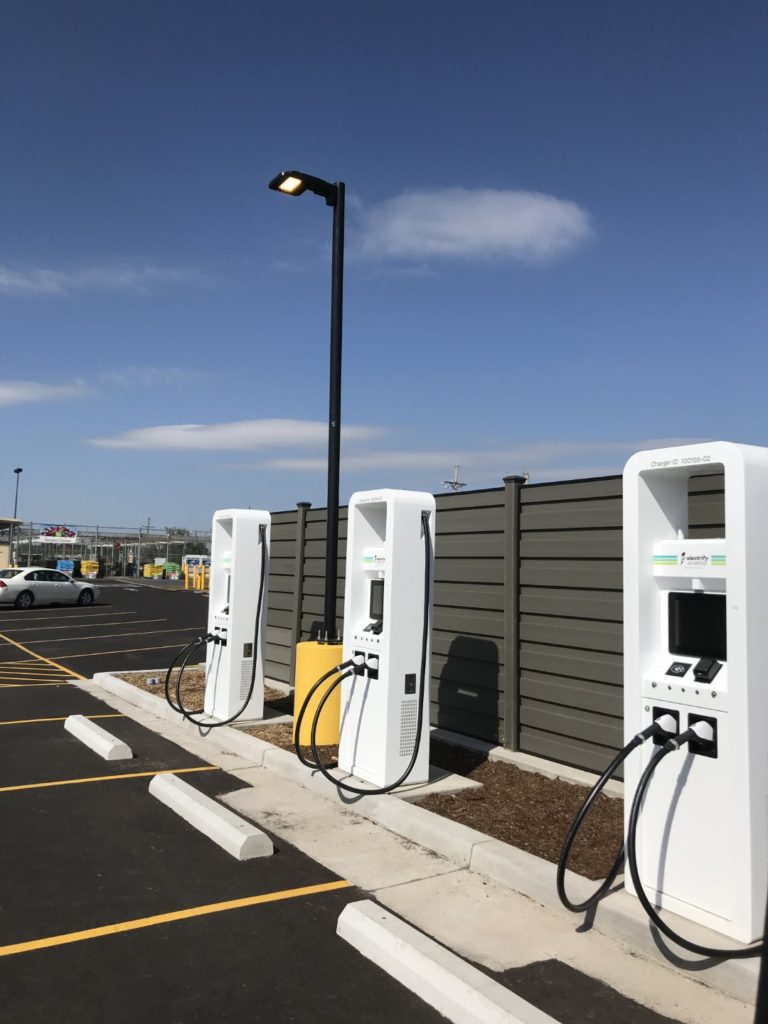President Biden pledged to establish 500,000 electric vehicle charging stations by 2030, aiming to boost confidence in EV ownership and reduce carbon emissions. However, over two years after a $7.5 billion investment from Congress, only 7 charging stations are operational across four states. This slow progress could hinder the shift towards electric vehicles as new emissions rules emerge. So where is the money and who is putting it in their pockets?
I think many voters are increasingly worried about the
timeline, and the push for charging stations when the electric cars are going
up in flames on our highways. You can’t use water to put the flames out and a
few people have lost their lives due to the fires. The Bipartisan
Infrastructure Law allocated $7.5 billion for EV charging, yet only seven
stations have opened after two years. This raises concerns about effectively
establishing a nationwide network to support electric vehicle adoption. With
funding potentially supporting 20,000 charging spots, progress remains slow and
the funding is dwindling due to misuse or wrongful allocation.
Twelve more states have secured contracts for EV charging
station construction, while 17 states are still awaiting proposals. Last month,
GOP House members expressed concern over the slow rollout of chargers in a
letter to the Biden administration. They highlighted issues like delays and
labor requirements. Not to mention not enough electric grid available for such
charging stations. Even the electric companies across the country say that there
is no real infrastructure available for such charging stations. Experts note
that building an extensive national EV network is challenging but crucial for
future sustainability.
EV sales are rapidly increasing in the U.S., outpacing
traditional gas cars, driven by affordable options and convenient charging as
part of the President’s Investing in America agenda. However, there is no real infrastructure for Electric
Vehicles since there are no real charging stations established around the
country.
New chargers face higher operational standards, with
mandates for 97% uptime and significant power output. The NEVI program aims to
boost fast-charging capacity by 50%, alleviating range anxiety as states work
on implementation.
Challenges remain due to permitting issues and
infrastructure demands.
Elizabeth Kilbride is a Writer and Editor with forty years of
experience in writing with 12 of those years in the online content sphere.
Author of 5 books and a Graduate with an Associate of Arts from Phoenix
University in Business Management, then a degree. Mass Communication and Cyber
Analysis from Phoenix University, then on to Walden University for her master’s
in criminology with emphasis on Cybercrime and Identity Theft, and is currently
studying for her Ph.D. degree in Criminology. Her work portfolio includes
coverage of politics, current affairs, elections, history, and true crime.
Elizabeth is also a gourmet cook, life coach, and avid artist in her spare
time, proficient in watercolor, acrylic, oil, pen and ink, Gouche, and pastels.
As a political operative having worked on over 300 campaigns during her career,
Elizabeth has turned many life events into books and movie scripts while using
history to weave interesting storylines. She also runs 6 blogs that range from
art to life coaching, to food, to writing, and opinion or history pieces each
week.


No comments:
Post a Comment